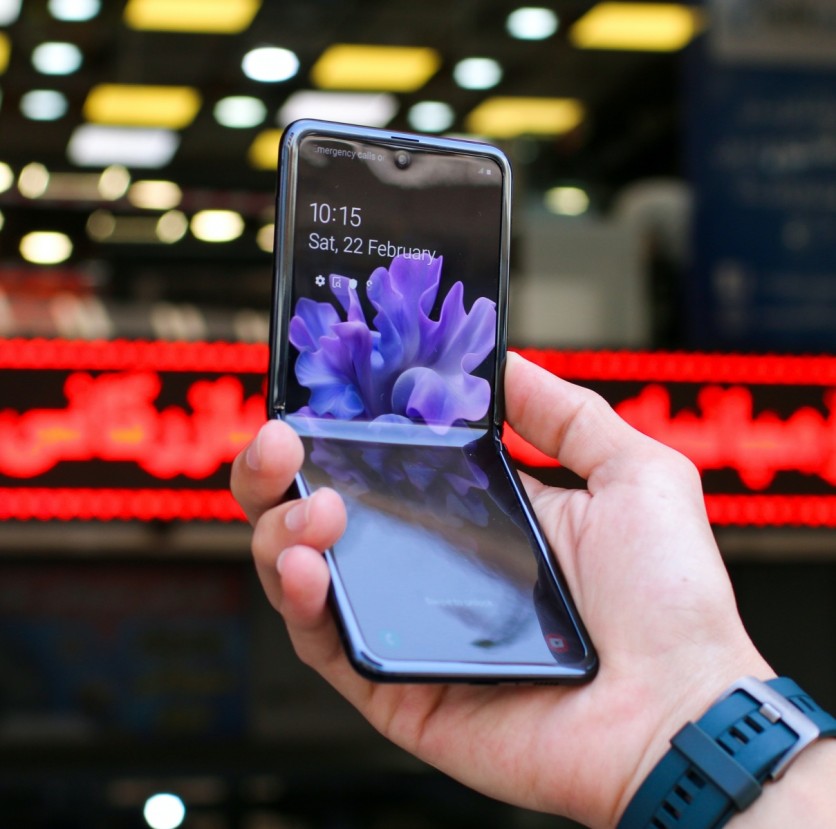The Oppo Find N3 Flip was recently certified by 3C for sale in China under the model number PHT110. The international model will have a different model number. This certification revealed that the Find N3 Flip supports 67W wired charging, a significant improvement over the Find N2 Flip's 44W.
In June, a leaked render of the Find N3 Flip revealed a similar look to the Find N2, with an identical outside screen. Since both Samsung and Motorola have recently stepped up in the foldable smartphones world, Oppo's flip-style phone would go from having the largest "external display" to having the smallest in recent months.
One thing that will be very different on the Find N3 Flip is the addition of a third camera, conceivably (and hopefully) a telephoto snapper. It would surpass the Samsung Galaxy Z Flip5 and the Motorola Razr 40 Ultra, as both have stuck with one primary shooter and one ultrawide.

Oppo Find N3 Flip Rumored Specs
The Oppo Find N3 Flip is said to have a 3.26-inch AMOLED cover display and a 6.8-inch inner foldable AMOLED display with FHD+ resolution and a refresh rate of 120Hz.
The gadget will have a 50-megapixel Sony IMX890 primary camera with OIS, an 8-megapixel ultra-wide lens, and a 32-megapixel telephoto camera. It will also include a 32-megapixel front-facing camera.
It will be powered by the Dimensity 9000 Plus CPU, 16 GB of RAM, and a 4,300mAh battery with 44W rapid charging capabilities. The Find N3 Flip will have 512 GB of storage and be powered by ColorOS 13.1-based Android 13.
Getting no statements from Oppo leaves the public to speculate on the price of the new device. The Oppo Find N2 Flip was released in the UK as the cheapest flip phone to date, priced at £849 or about $1,079.
That isn't cheap, but it is less expensive than the Samsung Galaxy Z Flip 4, which costs £999 or $1273. The new model will most likely be priced similarly.
What Is Fast Charging?
While charging, lithium ions travel from the positive to the negative electrode and then from the negative to the positive while you use your phone. Li-ion batteries, used in current phones, have been around for a long time and have been regularly modified to be smaller, safer, and last longer.
Fast charging is done in two stages. The first is intended to offer your phone a quick charge when it is nearly empty, restoring it to half or three-quarter capacity in as little as 30 minutes.
The charging then slows down. An empty battery absorbs charge quickly, but a nearly full battery cannot. This feature explains why it can take an hour or more for a phone charger to give you that last 10%.
Does Fast Charging Harm a Phone's Battery?
You'd think that all that extra power would endanger your battery. However, according to studies, fast charging does not cause any more damage to your phone than conventional charging.
It will get hotter, but not to the point where it will cause visible injury. Contrary to popular belief, a phone that's hot to the touch is actually a good thing. That means it's doing its job of getting the heat from the inside of your phone to the outside.
However, improper charging technique is the most common cause of phone damage. One example is charging your phone while doing intensive tasks like playing a game. Too much heat is generated when doing those two things, and that amount of heat can shorten your phone battery's life span considerably.
Related Article : Oppo Find N3 Foldable Specs Teased: Samsung Fold 4 Competitor?

ⓒ 2025 TECHTIMES.com All rights reserved. Do not reproduce without permission.




